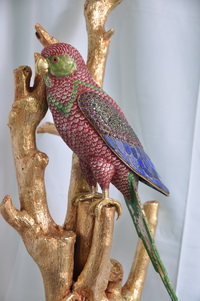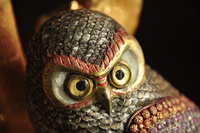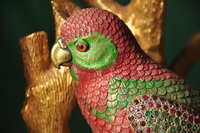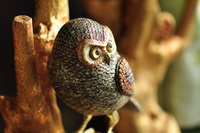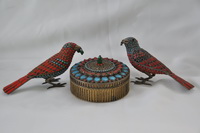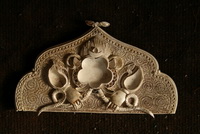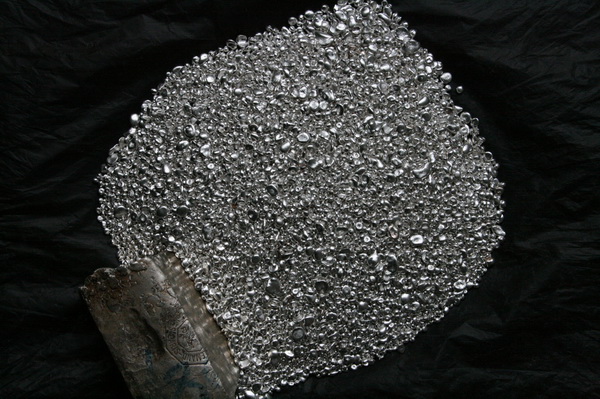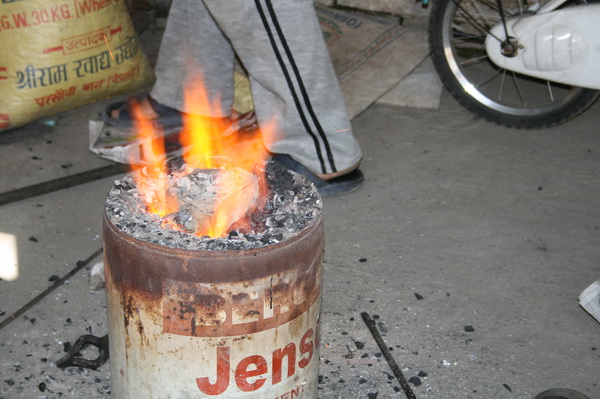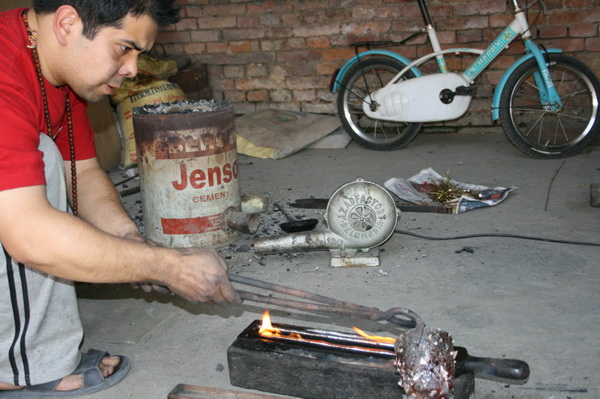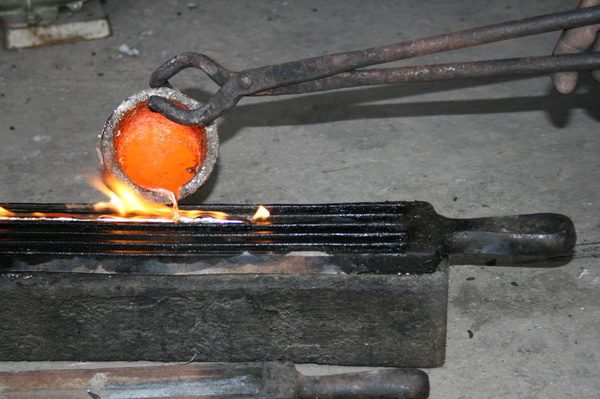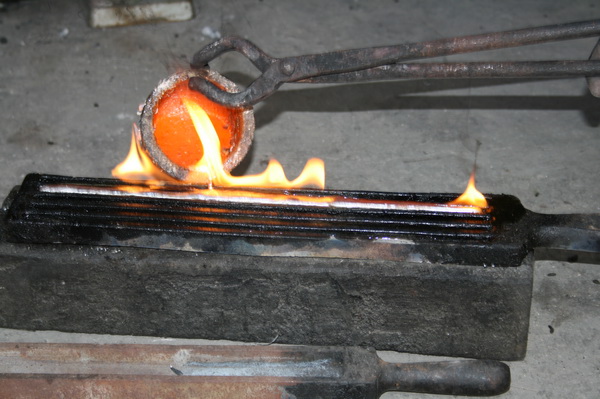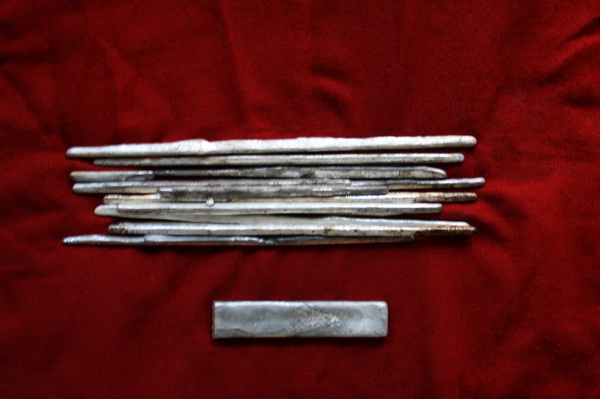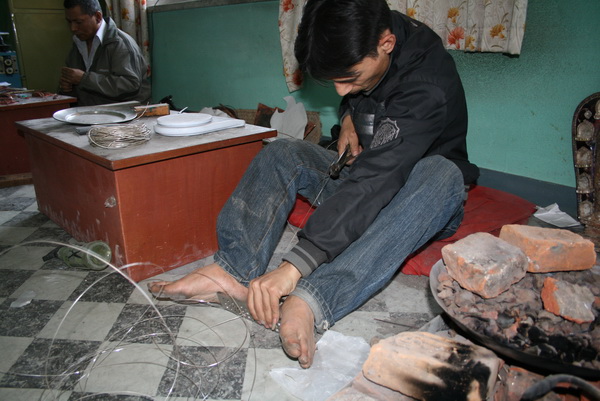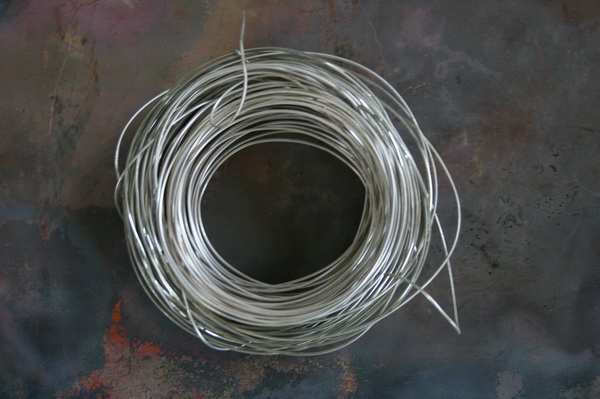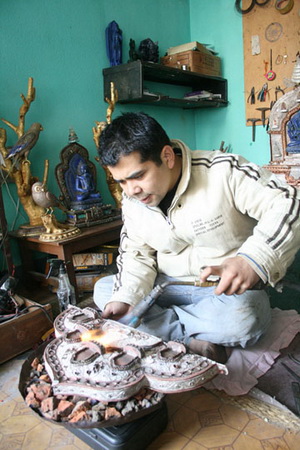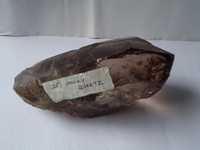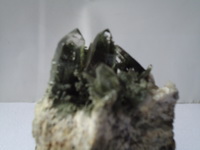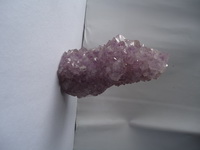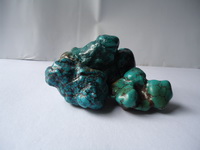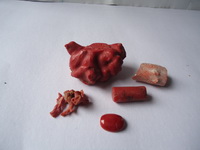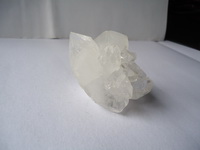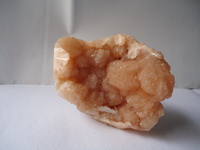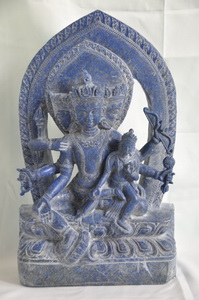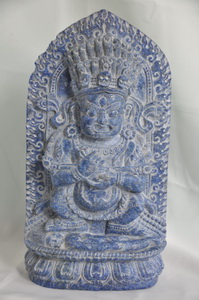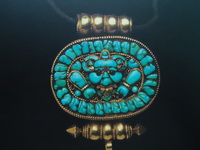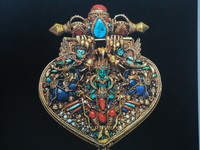Product Detail
Filigree (Jadau jya) is one of the traditional art form which is still practiced by Newar community (specially Shakya's) in Nepal. It can be defined as the traditional art form where the artist's tries to materialise the divinity by offering valuable inputs, energy and time in the form of knowledge, vision and precious materials to give divinity to the artefact.
It is believed that one can witness and feel the divine energy in the sacred arts if it is made of gold silver or cupper and more it is decorated and offered with precious and semi precious stones, faster the divinity can appear.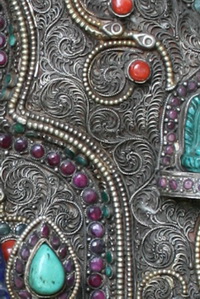
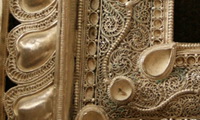
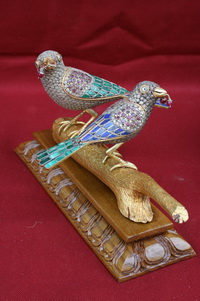

METHOD & METHODOLOGY
Method and Methodology of Filigree (Jadau Jya)
Jadau jya is the traditional art form of Nepal with unique method and methodology. Filigree artist should follow certain rules and regulation to tackle technical problems in the working process. They also needs knowledge of materials (gold, silver, copper and it's alloys) as well as the knowledge of a quality, colour and hardness of precious and semiprecious stones to produce the perfect artefact. It also includes repose work, precious stone setting and carving and the knowledge of other different facilities of art. Therefore filigree is the collection of diverse flora.
Steps of jadau Jya (filigree)
First step of filigree is to collect all the materials needed to prepare a filigree art. The basic materials needed in this work are row silver. Raw silver can be imported to Nepal from different countries like China, Dubai, Switzerland etc in a granular form or bisects. Gold are imported mostly from Switzerland and some from China. Coppers are readily available in sheets and in form of wires in different gauges.
Jadau jya includes Makun, Fakun,Shiku and Pho jya.
- Makun is the main flow of metal thread from where a shiku emerge.
- Phakun forms the space for the precious and semiprecious stone to set.
- Shiku are the basic or the smallest part of work which fills the remaining gaps of makun in the artwork.
- Pho jya is a part where faceted or cabochon gems are set or are carved to give different shapes of flowers, leaves, figure of divines and other foliage design to add the value and beauty to their art work.
Method are:
GEM CARVING
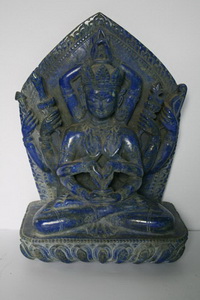
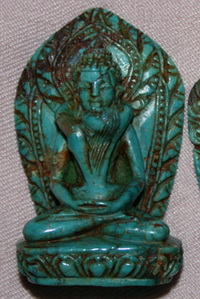
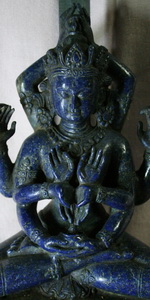


REPOSEE (PATA JYA)













